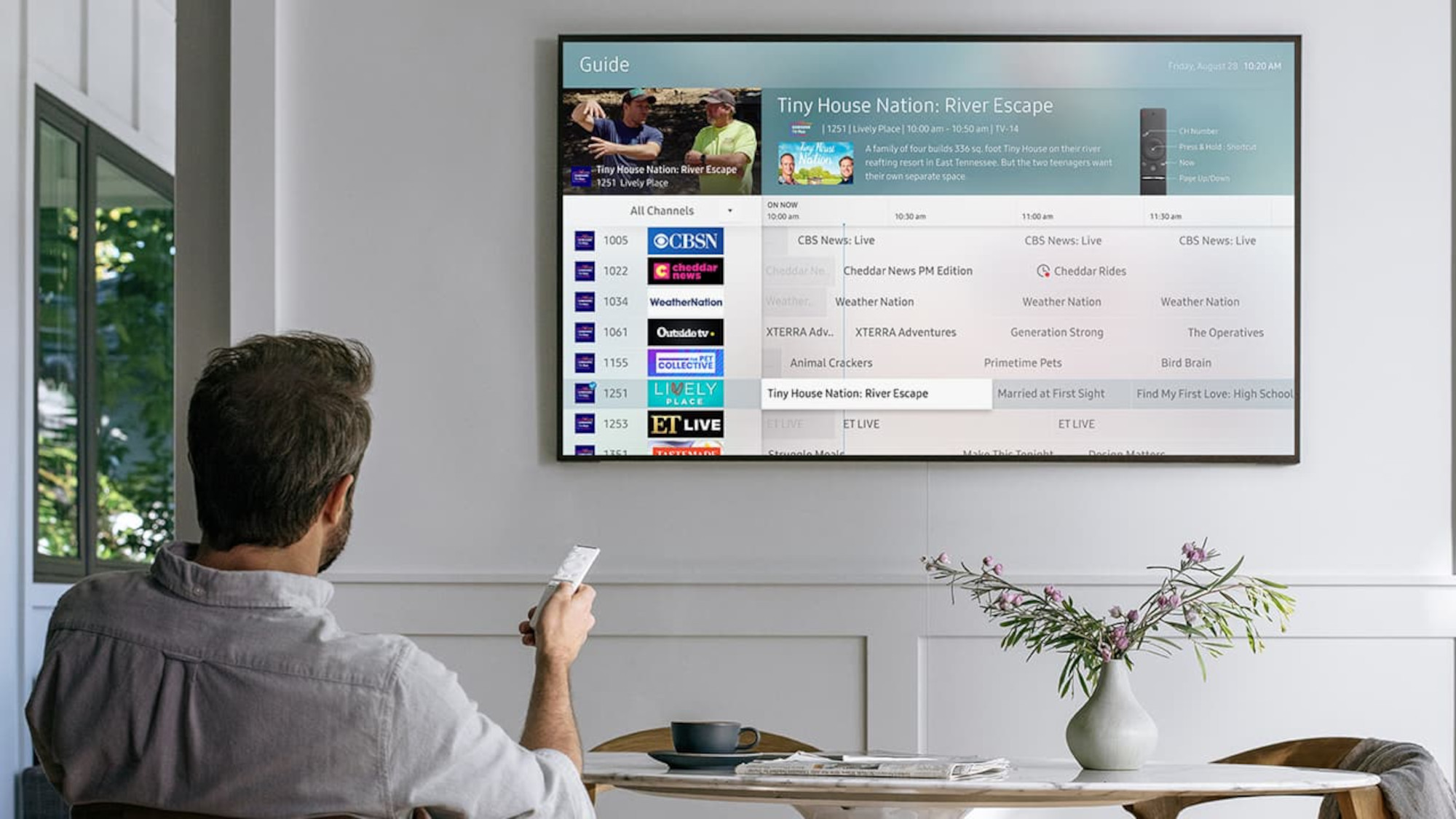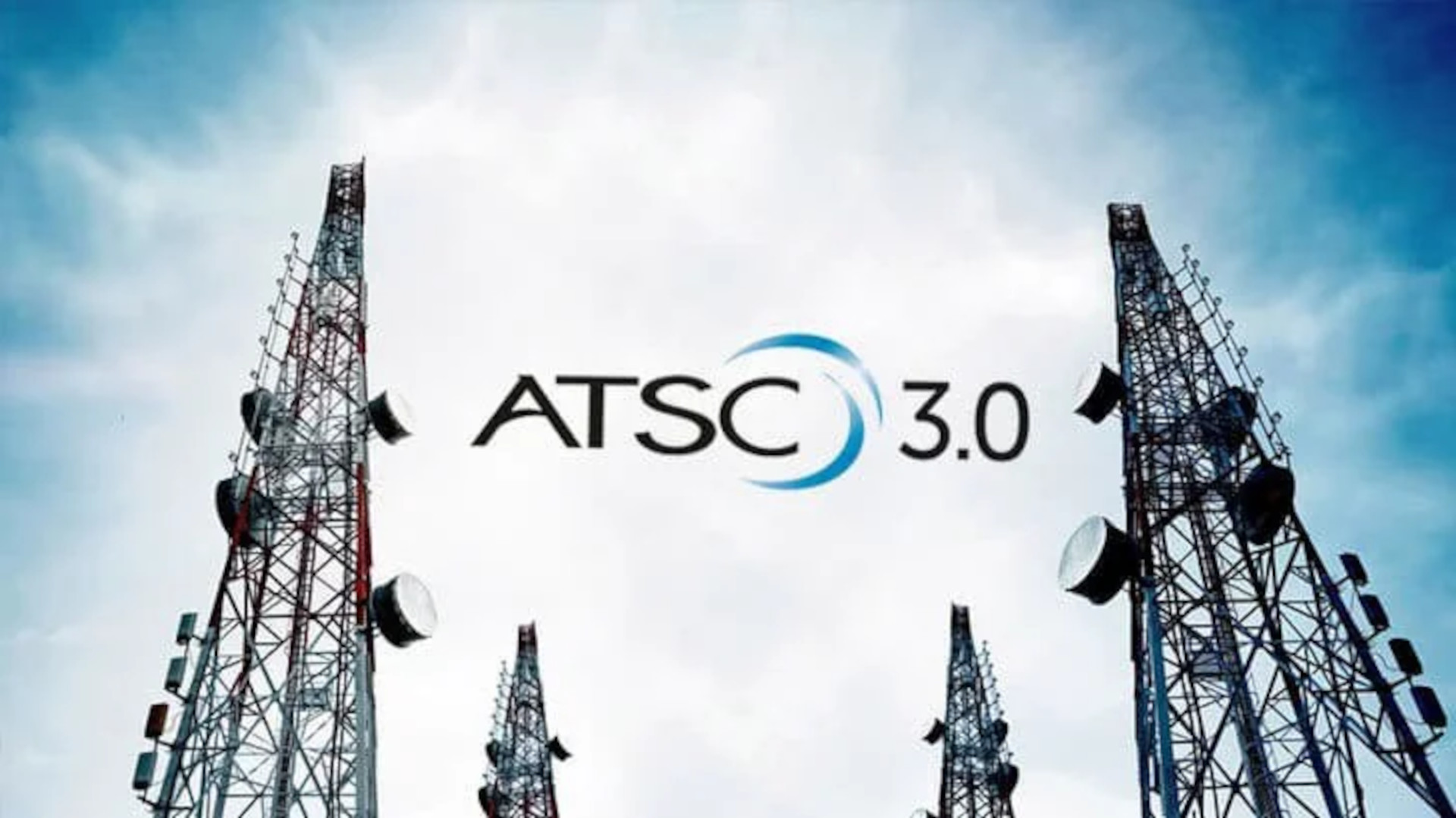
When it comes to modern TVs, the ATSC 3.0 Tuner is among the few make- or break-it features that allow a display to truly stand out and shine. Still, while quite the addition, even some of the best TVs don't come equipped with an ATSC 3.0 Tuner, (like the TCL QM8 Mini-LED TV), which has caused confusion about whether or not it's worth seeking out.
So, what exactly is an ATSC 3.0 Tuner? In simple terms, ATSC 3.0 transmitters grant access to the digital broadcasting standard of 3.0, first introduced back in 2020. ATSC 3.0, otherwise known as NextGen TV, essentially supports video broadcasts of up to 4K at 120 frames per second in HDR and in a wider color gamut. It's quite a benefit — that is, of course, if 4K broadcasts were all that common.
Herein lies the conundrum. Do you really need an ATSC 3.0 Tuner? More importantly, should you look for a TV that supports one? With streaming apps like YouTube TV and Peacock paving the way for antenna-free broadcasting, you may not need to pay that NextGen TV entry fee, but there could still be some benefits in the long run.
What is the ATSC 3.0 standard?

Before we go further, we have to understand what ATSC 3.0 really is. ATSC stands for American Televisions Systems Committee, a large group corralling TV manufacturers, broadcasting clients, equipment makers, and more. This group maintains the over-the-air broadcasting requirements on a technical level.
Going even deeper into the rabbit hole, ATSC 3.0 is a new digital format, one that is taking over from the previous 1.0 (2.0 never made it past the design stage). Think of ATSC 3.0 as the PlayStation 5 or Xbox Series X of over-the-air broadcast TV — hence its NextGen TV moniker. It allows for support of TV broadcasts at 4K/120fps, with HDR enabled, audio enhancements, and other improvements.
The main draw for ATSC 3.0 is that it brings orthogonal frequency-division multiplexing (OFDM), which is a digital data transmission technology used in mobile wireless networks and even WiFi. It essentially makes broadcast TV much less prone to interference, leading to a less corrupted signal, fewer blocky pictures, and that all-too familiar “no signal” error.
To access the next generation of broadcast TV, all you need is an ATSC 3.0 Tuner, which many modern TVs now come equipped with, and one of the best TV antennas, which usually only cost around $70 to $100. The service itself, NextGen TV, is totally free and gives users access to a wide range of over-the-air TV channels — with a catch (or, more accurately, several catches).
Airwaves of setbacks on ATSC 3.0
While there are benefits aplenty for going all-in on the NextGen TV movement with an ATSC 3.0 Tuner, there are still several debilitating issues that make it hard to suggest making the jump in 2024.
One of main drawbacks is the fact that NextGen TV itself isn’t available everywhere just yet. While most of the main cities across America have coverage — like New York, Los Angeles, Austin, Chicago, and more — several cities are still left out of the equation. Coverage is rolling out steadily, and you can check on the NextGen TV site to see if your market is available.

Additionally, while NextGen TV touts free, over-the-air 4K broadcasts, there aren’t a lot available just yet. In the meantime, you could simply opt for something far less tedious (though a bit more expensive). Consider a streaming alternative like YouTube TV or Peacock, both of which offer 4K HDR broadcast coverage across certain (but not all) content.
And, while the audio benefits are certainly viable for turning to ATSC 3.0, main among them being Dolby’s AC-4 audio compression technology for 7.1.4 Dolby Atmos surround sound and enhanced dialog, you could also simply nab one of the best Dolby Atmos soundbars for the same coverage. Again, this option is far more expensive, but much more reliable.
Are ATSC 3.0 Tuners worth it?
The decision for leveraging an ATSC 3.0 Tuner really comes down to your own general necessities and budget. The over-the-air broadcasting standard might prove to be rewarding for those wanting to skip out on shelling over $80 a month to the likes of YouTube TV for access to live broadcasting.
For those willing to stick with it in the long run, the heralding of more 4K broadcasts and even 8K content in the far future could also be a silver lining. I may not be in the NextGen TV boat yet, but you may find it worthwhile for saving money and gaining access to live content, like sports and local news.
But, as of yet, I feel there’s no real reason to dive into ATSC 3.0 and NextGen TV when there’s better options out there that are much more reliable. Plus, 4K broadcasts do seem exciting, but for the most part this higher resolution is sequestered to merely advertisements.
Add to that the fact that LG 2024 TVs won’t even have ATSC 3.0 tuners, as it is in an ongoing patent dispute with Constellation Designs LLC, and there’s no real reason to seek out the best TVs with ATSC 3.0 tuners. You can most certainly live without the NextGen TV movement for a little while longer, until 4K and 8K broadcasts begin their inevitable rise.




!["[T]he First and Fifth Amendments Require ICE to Provide Information About the Whereabouts of a Detained Person"](https://images.inkl.com/s3/publisher/cover/212/reason-cover.png?w=600)


